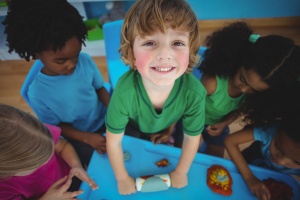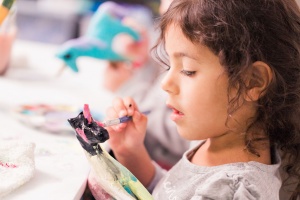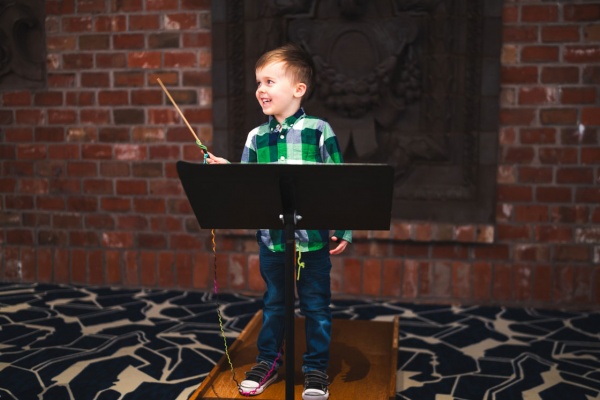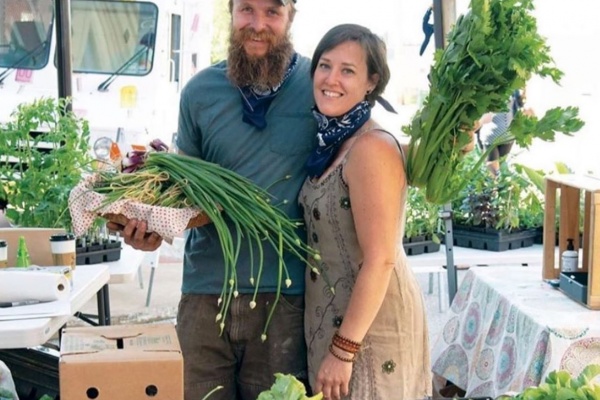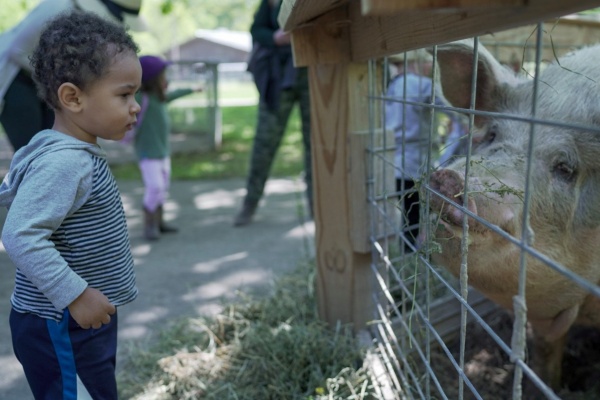
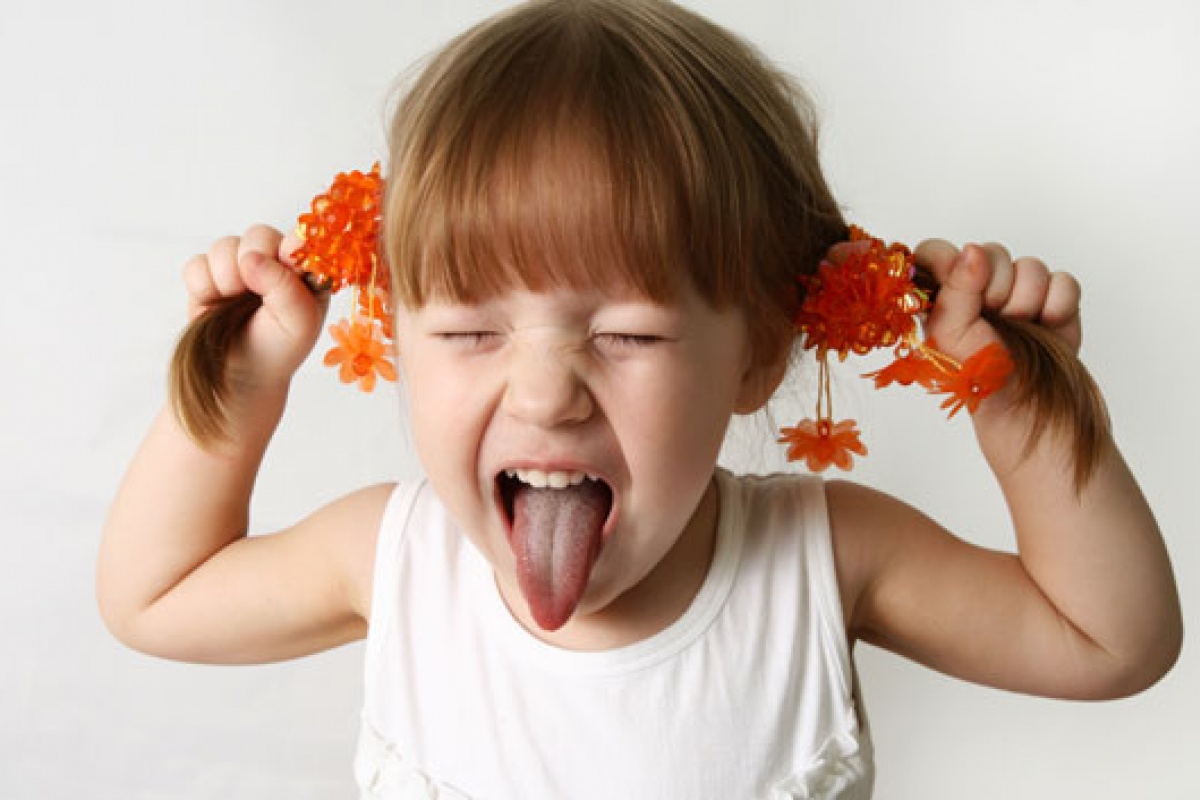
Time In: An Alternative to Time Out
Time Out has become a popular discipline technique among today’s parents. At first glance, the practice of temporarily isolating a child who misbehaves by sending him to a corner or a “naughty chair” seems like an effective remedy for bad behavior, as well as a positive alternative to yelling or spanking. But is it really the best discipline tool we have at our disposal?
According to Dr. Laura Markham, author of Peaceful Parent, Happy Kids: How to Stop Yelling and Start Connecting, the answer is no. In fact, Markham and other positive parenting experts believe that children who are struggling to behave need exactly the opposite of Time Out. They recommend Time In instead.
What Is Time In?
“Time In is what it sounds like – the opposite of Time Out” explains Markham, who is also a clinical psychologist and founder of the positive parenting website AhaParenting.com. “Where Time Out isolates a child, Time In is a way to interrupt ‘bad’ behavior, and even to prevent it by reconnecting with your child.”
If you are new to the idea of Time In, think about it as an opportunity to help your child regulate her emotions, and therefore her behavior. Children tend to act out when they are overwhelmed by strong feelings, so what they need most when they misbehave is not necessarily punishment, but reassurance that their parents are ready to listen and help them learn how to cope.
Markham suggests that parents take children to a Time In as soon as the warning signs of bad behavior appear. “This signals to your child that you understand she’s got some big emotions going on and you’re right there with her,” she explains.
How Time In Works
Time In looks different for every family, and can vary depending on the situation. Sometimes, Time In might be snuggling together in a comfy chair, or reading a favorite book. If your child is in full-blown meltdown mode, Time In might simply mean staying close by, ready to reassure him once he’s calm.
Haley Pepper, mom of two young boys, found that she started using Time In without even realizing the practice has a name. “It just came naturally,” she says. “I have always used it as a way to remove my children from an action or situation that is causing problems. They sit in my lap and I hold them and talk about how it is appropriate to act in a situation.”
Pepper has discovered that Time In can help diffuse sibling rivalry too. “I will put both of my boys in my lap to calm down a fight between them,” she says.
Kait Kettmann, mom to five adopted children, also uses Time In on a regular basis. “For us, with our kids’ histories,” she says, “Time In is really the only way to go. We have tried other methods of discipline but typically those lead to bigger issues.”
“We use it as an alternative to punishment,” she continues. “For example, we have a child with oppositional defiant disorder (ODD) and Time In works for that child because she isn’t getting the punishment to fight against. Instead, she’s getting the connection and affection that she truly needs but can’t ask for.”
What About Time Out?
We’ve all had those parenting moments where we can’t stand listening to whining or tantrums for one more minute, and need some way to just make it stop. “On the surface,” says Markham, “Time Outs seem sensible. They’re non-violent but still get the child’s attention.”
“But,” she continues, “Time Outs teach the wrong lessons, and they don’t work to create better behaved children.” While Time Out may promote short-term compliance, Markham believes that, ultimately, it has several drawbacks. For example,
· Time Out tends to lowers self-esteem, by making a child feel like a ‘bad’ person.
· Time Out teaches children that strong feelings and emotions are unacceptable.
· Time Out pushes an upset child away right when he needs you the most.
· Time Out can trigger fear of abandonment and fuel power struggles.
· Time Out prevents us from working with our kids to find solutions.
Time Outs aren’t entirely without merit, though. While they may not be ideal to use with your kids, they can work well for Mom and Dad. “Time Outs are a terrific management technique for keeping your own emotions regulated,” says Markham. “It models wonderful self-management for your kids.”
For Kettmann, on the other hand, it is Time In that really helps her parent through the rough patches.
“I have a ridiculously short fuse and five rowdy kids,” she says. “Being forced to take that time of holding and talking to and connecting with my child helps me remember why we do this. It helps me to see the person outside the behavior. It helps me to take those deep calming breaths with my child and feel both of us relax together.”
For Further Reading
· Peaceful Parents, Happy Kids: How to Stop Yelling and Start Connecting by Dr. Laura Markham
· Unconditional Parenting: Moving from Rewards and Punishments to Love and Reason by Alfie Kohn
· TIPS: Time-In Parenting Strategies by Otto Weininger
· No Drama Discipline: The Whole Brain Way to Calm the Chaos and Nurture Your Child’s Developing Mind by Dr. Dan Siegel

Alyssa Chirco is a freelance writer, mother and margarita lover, not necessarily in that order. In addition to writing for STL Parent, she is Contributing Editor at Parenting Squad, and covers parenting, health and lifestyle topics for publications across the country. She recently moved from the suburbs of St. Louis to a small town in rural Jefferson County, where she is learning to survive with no Target or Starbucks in sight. Follow her on Twitter @AlyssaChirco



